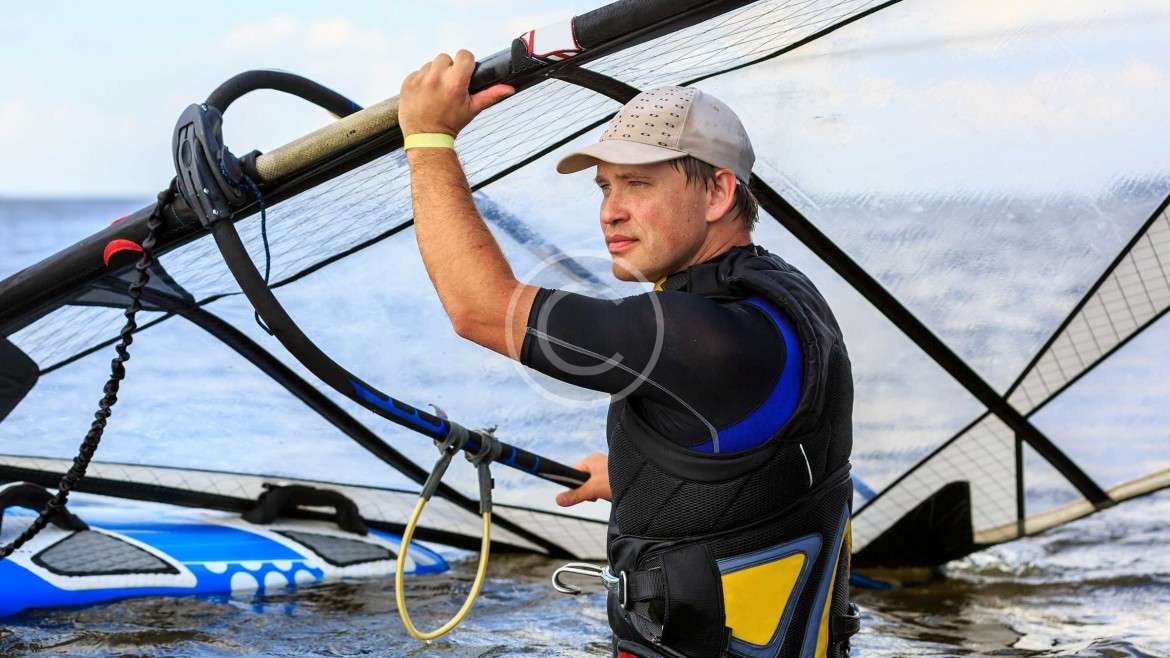Whether you’re kayaking, windsurfing, or enjoying any water activity, knowing how to stay safe on the water is essential. Following the right guidelines prevents accidents, ensures fun, and builds confidence for beginners and experienced paddlers alike. Here are the 10 golden rules of water safety, including key water safety tips for kayaking and kayak and windsurfing safety rules you should always follow.
1. Always Wear a Personal Flotation Device (PFD)
A well-fitted life jacket is the most important safety gear for kayaking or windsurfing. Wearing a PFD ensures protection in case of unexpected falls or capsizes.
2. Check Weather Conditions Before You Go
Weather can change quickly. Check the local forecast and avoid going out in storms, strong winds, or high waves. Following this rule is a critical part of kayak and windsurfing safety rules.
3. Know Your Limits
Whether you’re practicing beginner kayaking or windsurfing, stay within your skill level. Overestimating your abilities can lead to accidents and injuries.
4. Learn Basic Swimming and Rescue Skills
Being comfortable in the water and knowing self-rescue techniques is essential. Practice swimming, treading water, and safely re-entering your kayak or windsurf board.
5. Stay Visible
Wear bright colors, use reflective gear, and carry a whistle or signaling device. Visibility is crucial in crowded waterways and during low-light conditions.
6. Use the Buddy System
Never paddle alone in unfamiliar waters. Having a partner ensures someone can assist you in emergencies—a key tip in water safety tips for kayaking.
7. Keep Communication Devices Handy
Carry a waterproof phone, radio, or signaling device to call for help if needed. Make sure all devices are fully charged before heading out.
8. Know Local Rules and Regulations
Understand local waterways, tides, currents, and restricted areas. Follow all posted signs and official boating regulations—another vital part of kayak and windsurfing safety rules.
9. Stay Hydrated and Protected
Bring water to stay hydrated, wear sun protection, and dress for the water temperature to prevent heatstroke or hypothermia.
10. Respect Nature and Wildlife
Avoid disturbing wildlife, follow eco-friendly practices, and keep waterways clean. Respecting nature keeps the environment safe for everyone and reinforces responsible water safety practices.
Final Thoughts
Following these 10 golden rules of water safety is essential for anyone enjoying kayaking, windsurfing, or other water activities. By incorporating these water safety tips for kayaking and observing kayak and windsurfing safety rules, you’ll ensure every adventure is safe, enjoyable, and memorable.


Add Your Comment